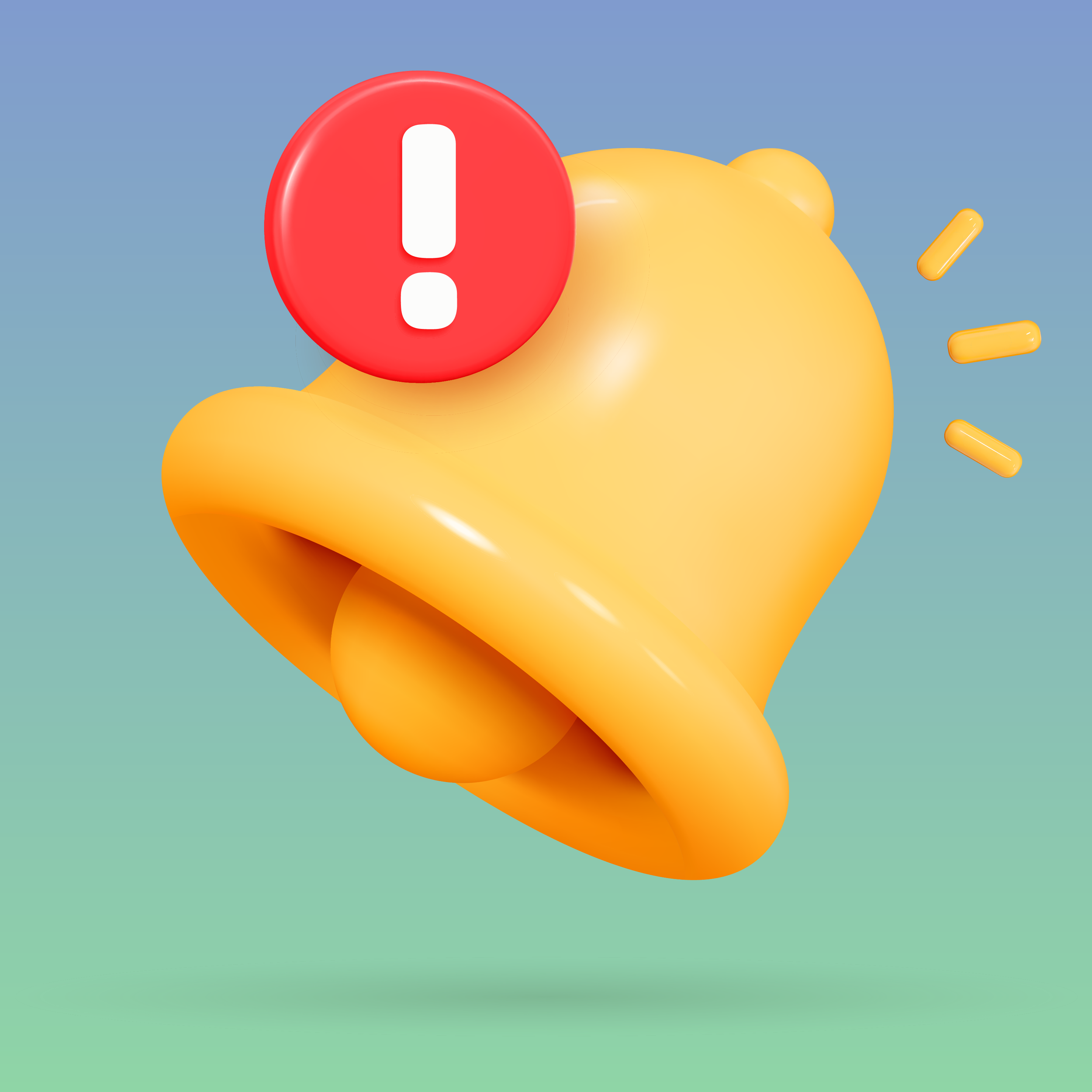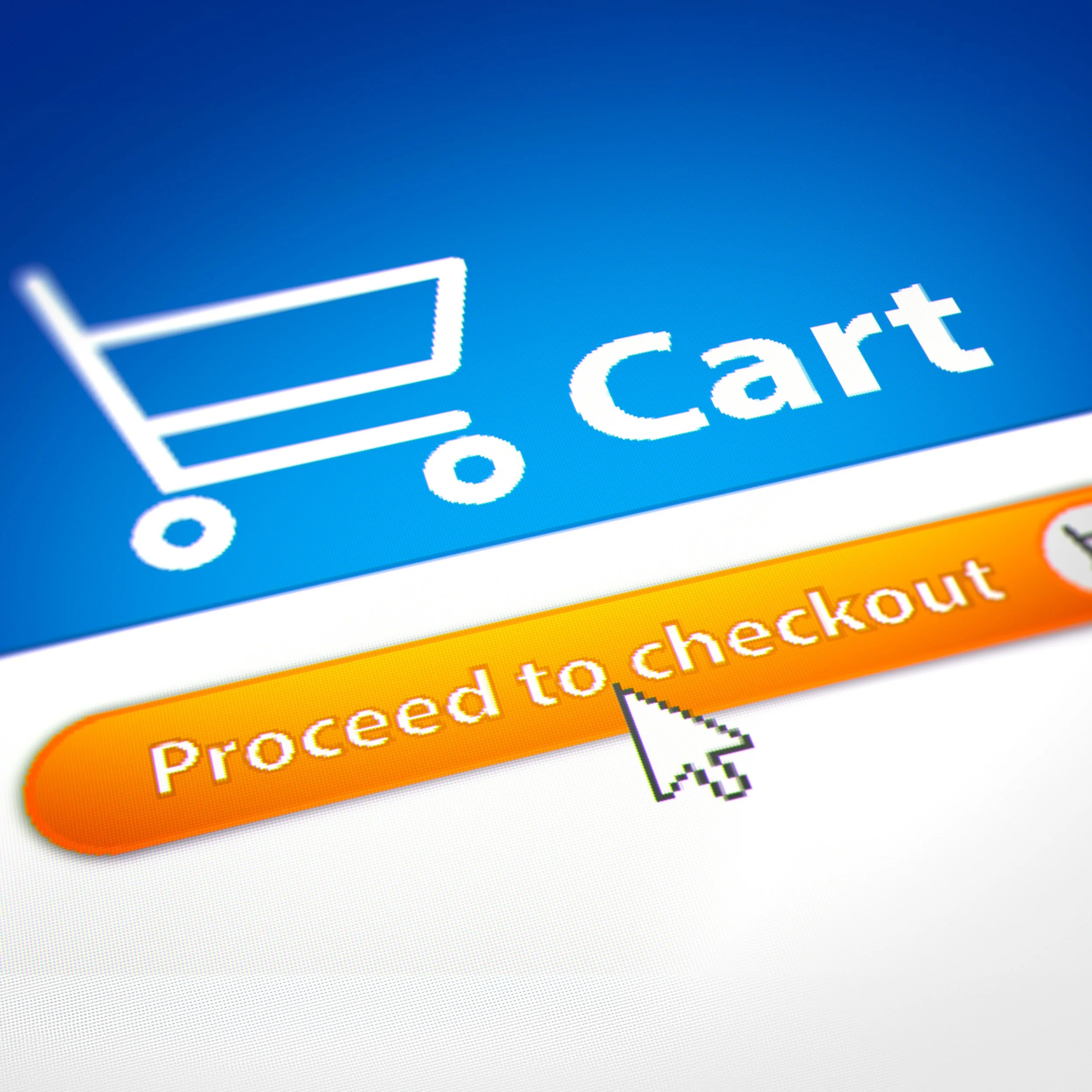How to Tag Your Products
Whether you use Shopify, Squarespace, or any other e-commerce platform, you will likely have to deal with product tags at one point. But what are they, and how do you use them?
What Are Product Tags?
Product tags are small identifiers that you assign to each product to classify them. Think of them as labels. These labels organize your products in groups and help visitors to find content on your site.
Depending on the template of your online store, product tags are often used as filters and show up in a sidebar or drop-down menu. If a visitor clicks any of these labels, it will narrow the products displayed on a page. This feature is a valuable, time-saving tool for your customers. However, since all of your labels are shown in the sidebar or drop-down menu automatically without your control, your product tags must be concise, consistent, and logical.
If this sounds daunting to you, it doesn't need to be. Here are my three most important DOs and DON'Ts that can help you to avoid some costly mistakes.
The DON'Ts of Product Tagging
Don't use product tags to describe your products. Instead, use them to classify your products and create logical groups. For example, if you sell t-shirts in your online store, you could create a tag for women's t-shirts and men's t-shirts, depending on who could wear them. Or you could tag them by fabric, color, or neckline.
Don't create tags that are too specific. If you have only one product matching a particular tag, it is likely too specific. Instead, aim for five or more products to show up when a visitor filters by any of these tags.
Don't misspell your tags. Tags are usually case sensitive. For example, Blue, blue, and BLUE are three different tags. You can probably imagine how messy your sidebar or drop-down menu will look in a short time if you start to deviate from your spelling convention.
The DOs of Product Tagging
Create a classification system. This step is probably the most crucial step of all, and on which I usually spend the most time with clients. Before you tag the first product, download all the products you sell in your online store. Try to find similarities between your products - for example, t-shirts that are all crew-necks. Once you have created groups of five or more products, give them a label for each characteristic. After finishing your first pass, review your tags. Do you see any overlap? Try to be very critical and force yourself to eliminate any redundancy that may exist between the tags. It takes several hours and some practice to reduce the number of tags. However, in the end, you have a concise, consistent, and logical classification system.
Create a consistent methodology for using upper and lower case in your tags. There is nothing wrong with all-upper-case or all-lower-case labels. Whatever methodology you come up with, apply it to all tags across all of your products all the time.
Create a cheat-sheet of your classification system. You are probably laughing. Yes, I do create cheat-sheets. Since you likely are not settling up a new product every day, you may forget the exact spelling of each product tag - as I often do between different clients. To avoid a costly mess up, I have a PDF document of each client's product tags. I keep my cheat-sheet in electronic form because I can easily copy the tag name from the PDF document and paste it into the product tag field in Shopify, avoiding any spelling mistakes.
Search Engines Love Tags
When search engines such as Google or Bing access your product catalog, they also read the tags of each product you sell, which helps them with their own categorizations. That is another good reason why you want your product tags to be concise and unambiguous.
It's All About the Classification System
If you run an online store with more than ten products, you probably have to tag them. Yes, I know it is an unexciting task, but it is often better to get it behind you earlier rather than later.
What works for me best is to develop the classification system together with my client first. Assigning the tags to each product in Shopify, for example, is usually the easier part and can be done manually or automatically through an upload. Should you choose the upload route, be extra careful when you prepare the file. You may save time not keying in the product tags; however, you can also sit for a while fixing errors, should the upload file contain mistakes.
Final Thoughts
Product tags are a great way to select a subset of products and display them on your site. Whether it is done through a sidebar, drop-down menu, or a product summary block (Squarespace), your visitors will likely notice the ease of browsing your store and may even reward your efforts with increased sales.











